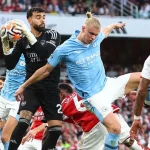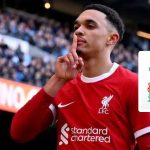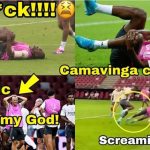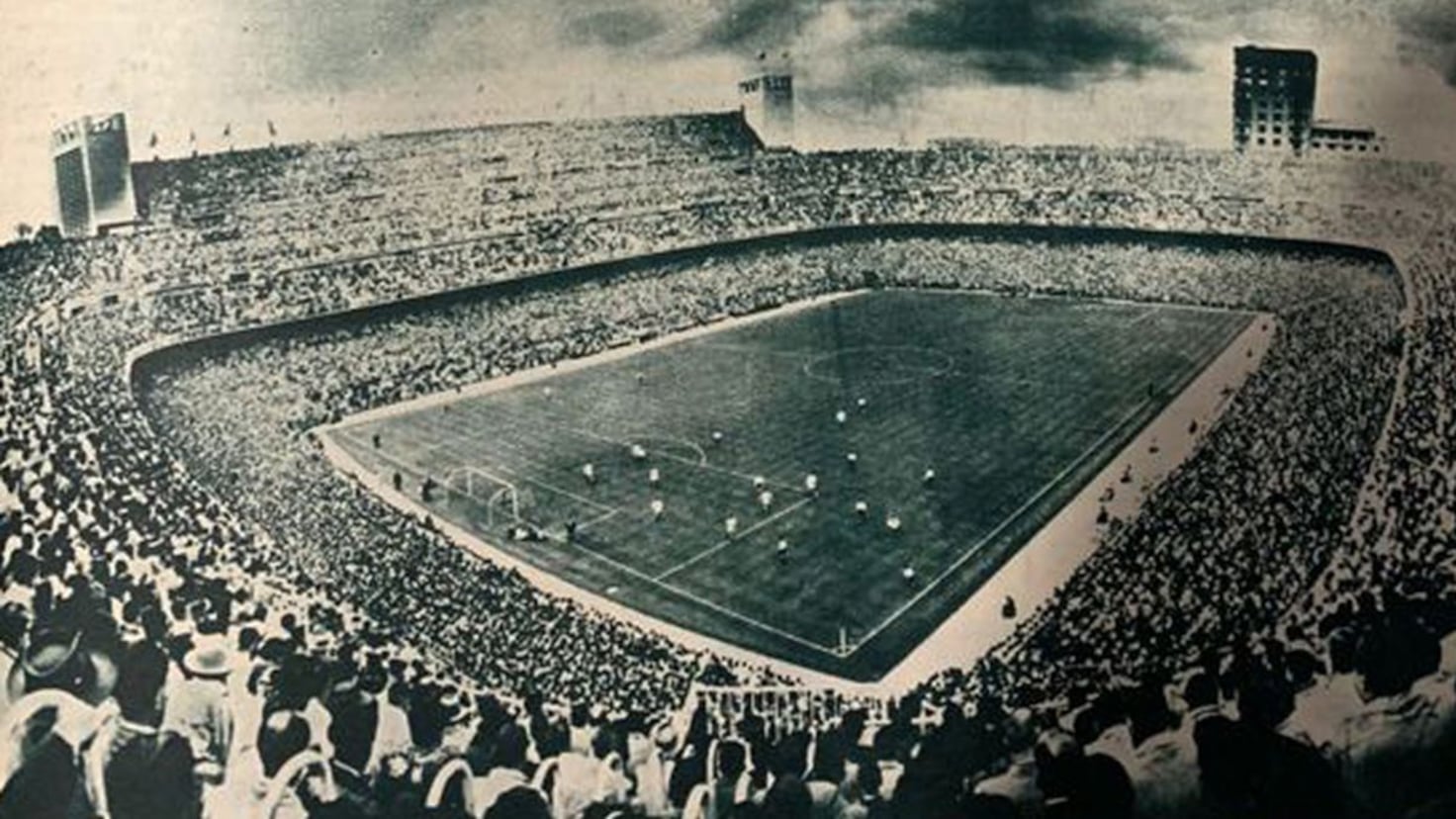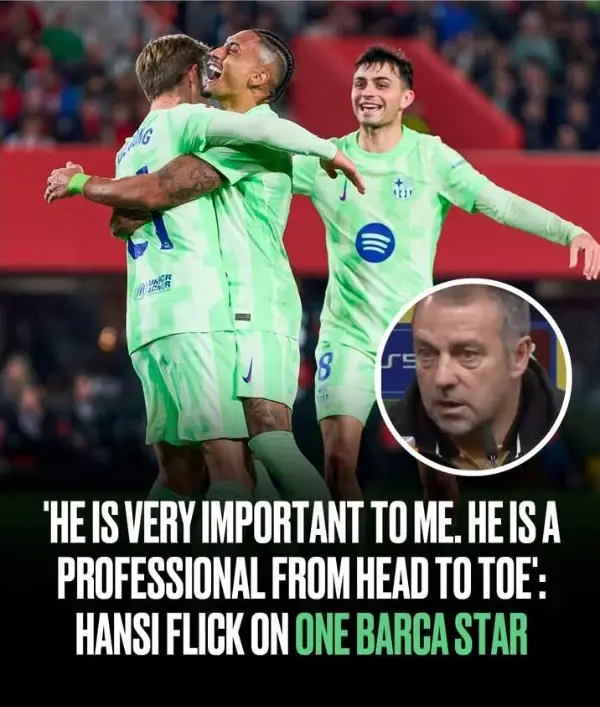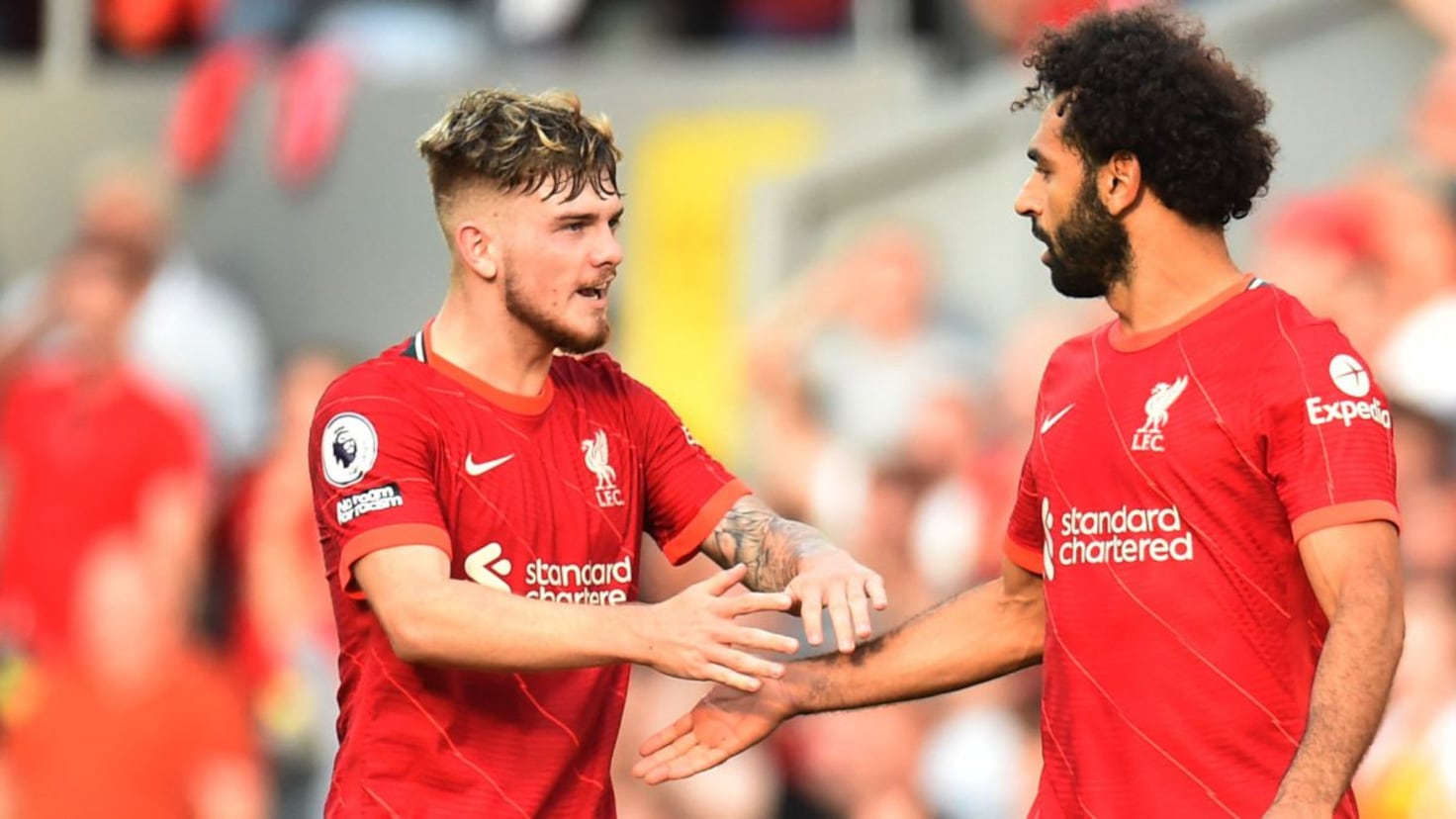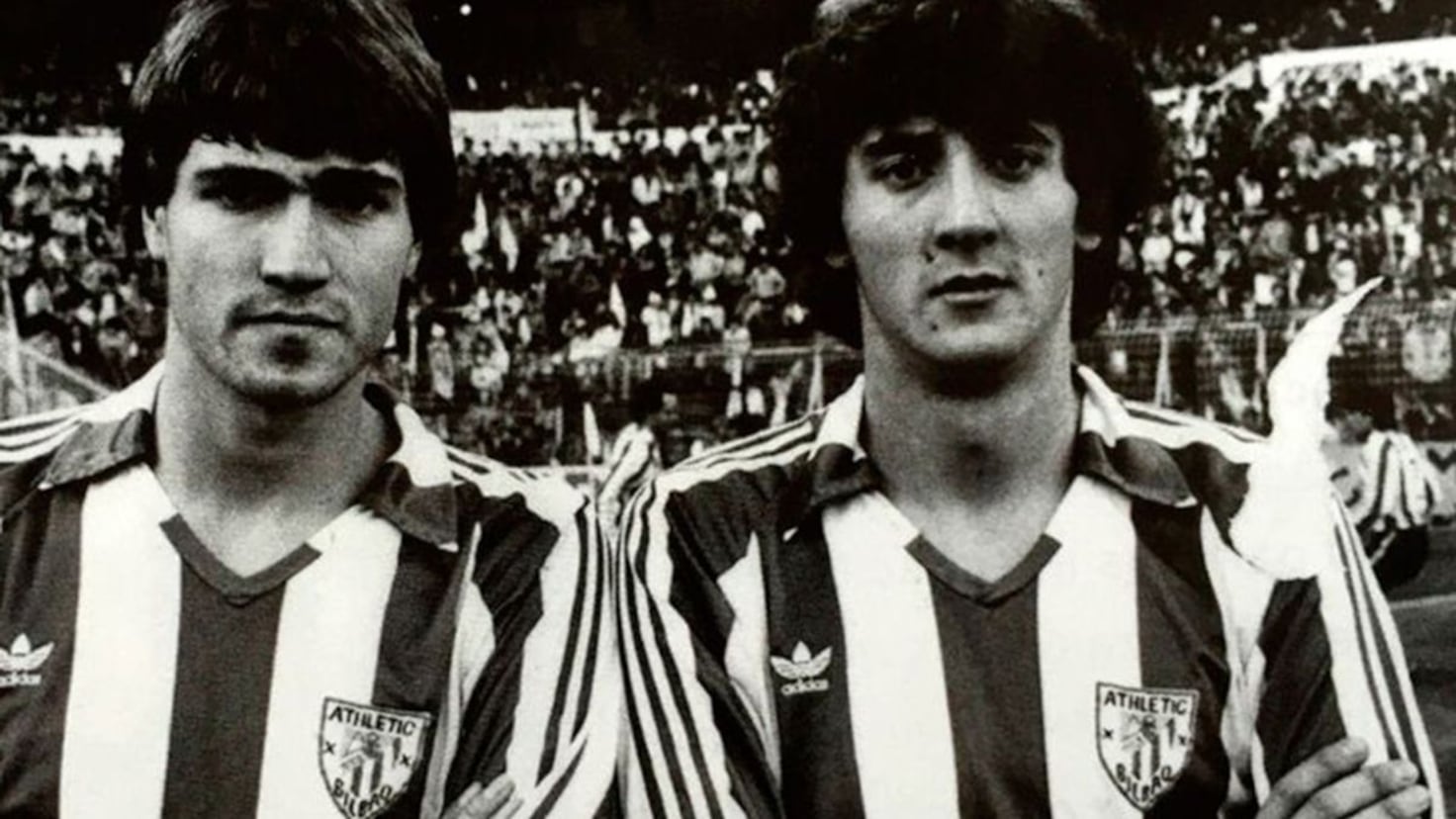In its first version, what we know today as the Bernabéu had a low stand that surrounded the entire field (it is still visible today) and above it two amphitheaters in the back and on the side of the Castellana. Father Damiأ،n’s part stayed in that first tier, in the center of which stood a tower or monolith that contained the scoreboard and some warehouses. This was the case from 1947 to 1954, when Barnabas completed a tremendous expansion, raising not two, but three amphitheaters on that side. The capacity went from 75,000 – which was already outrageous at the time – to 125,000, tying with the legendary Wembley. Barnabas had been called a mega-hand when he built the first phase; It was said that so many people would never go to football. But he outgrew it and now he took that new leap.
That 53-54 season, Di Stefano had arrived at Madrid and with him he would win the League again, something he had not achieved since the Republic. During the championship, the works were taking place, so the people who went to the football saw the growth of that side of the stadium.
The Cup came after the League and its final was set to be played there on June 20, but Madrid wanted to inaugurate it first in style. A Europe-America was planned, which FIFA wanted to organize to make amends for something that had happened the previous year. In 1953, football turned 90 years old and to celebrate it, a match was organized between England and a FIFA XI… to which no South American team was invited. Now they wanted to confront the two continents for the first time, but last-minute disagreements prevented it.
Madrid fell in the semi-finals, against Barça, who had previously defeated Athletic. Bernabأ©u decided to invite the people of Bilbao to the premiere, which they gladly accepted. Athletic was one of the summits of our football and had more supporters throughout Spain than any other.
The premiere was on Saturday the 19th, the day before the Cup final, with a packed house. Never before in Spain had such a crowd gathered. Madrid displayed the League trophy and all its sections paraded in an afternoon of fun and pride: chess, athletics, handball, basketball, volleyball (today volleyball), boxing, gymnastics, wrestling, base ball (today baseball), rowing and table tennis, as well as all sections of football. Handball, which was then played at 11, opened the afternoon with a Castilla National Team-Real Madrid match. Then, the main course, Madrid-Athletic. Di Stأ©fano scored the first goal, to Carmelo. The match would end 5-4 and the Real Madrid fans left full of happiness.
The next day (then there were not so many contemplations with the grass), the final was played… double, because at that time the youth players faced each other first and then the professionals. The youth team was played by Espanyol and Plus Ultra, whose goalkeeper was José Plaza, later a referee and later a very controversial president of the referees; In the middle, under the name of Montejano, Santiago Gأ³mez Pintado played, many years later a candidate for white president with the claim Good for Madrid. Espanyol’s goalkeeper was Joanet, who expected a fruitful career as a player and coach.
Between match and match, Franco arrived, gave the Cup to the winner, Plus Ultra, and the final began, which Valencia won 3-0 and ended with an unusual photo: the Valencian goalkeeper, Quique, sitting on the crossbar. Before the game he had told his coach, Quincoces: “If we win, I will go up to the third amphitheater to see the mountains from there.” Quincoces told him: “If we win, you can get on wherever you want.” He did not do such a thing, but he did climb the crossbar, from where he attended the collection of the cup by his captain, Monzأ³. The photographers, who were crowded at the edge of the field focusing on the box, ran to capture that image, the most widespread of the game.
The next day Valencia attended a reception in El Pardo, everyone in suits and with great formality. When Franco came out, the first thing he said was: “Where is the boy who took away my photographers yesterday?” Quique (he told me this himself), raised his hand, fearing anything. But Franco limited himself to telling him that he found it very funny, and he breathed a sigh of relief.
That field was called Chamartأn until January 5, when the board, supposedly with resistance from the president, voted to rename it Santiago Bernabأ©u. For years it was a novelty that many wanted to visit. In the first years there was high-level boxing, the Harlem Globetrotters, model airplanes, the final phase of the Spanish Baseball Championship, a lot of 11-a-side handball, cycling, an American football match… Until the fever went down. Already in 1986 Sinatra sang, with box office success.

